Humankind loves to ponder about death. What happens to us after we die? Is there something more waiting? And what would we do if we knew? Would we revere and look forward to death? And what would that mean for society? Oninaki asks all these questions and compellingly presents them at times. But is that enough to make for a unique, must-play game, or does the story trip over its own feet?
Oninaki was developed by Tokyo RPG Factory, known for their previous games I Am Setsuna and Lost Sphear. Although it has some lofty, admirable ambitions, it doesn’t quite reach them for a variety of reasons. There are times when it seems like it will, however. And that alone makes the game all the more disappointing, even if it can often be quite enjoyable.
Beyond the pale
Oninaki builds part of an interesting world with a concept that has a lot going for it. You play as a character named Kagachi, who belongs to an organization called the Veil Watchers. These so-called Watchers can cross over into the Veil and interact with the souls of the dead. When people die, their souls are meant to pass on and begin the process of reincarnation. But some don’t, instead choosing to linger, and these become lost souls. It is part of a Watcher’s job to help these lost souls let go of their hold on the world so that they may move on.
However, lost souls that don’t pass on can become Fallen – monsters that attack other lost souls. The other primary duty of Watchers is to defeat the Fallen and protect lost souls. Finally, there are Daemons, who are lost souls who have forgotten who they are over time. These souls can possess the living. The story of Oninaki principally concerns the Watchers contending with and trying to stop a malicious Daemon who is, unfortunately, called the Night Devil.
The whole truth
Oninaki‘s story is not only its main focus but also its strongest suit. We get to know Kagachi and other Watchers through several short, connected episodes. These keep the early game moving at a quick pace. The characters are mostly archetypes that will be familiar to fans of Japanese media, although some of them can be quite endearing. The story kept me invested for the game’s entire runtime, but the latter part of the game is decidedly not as interesting as the start.
I was honestly quite surprised by Oninaki at first. The game shocked me and dropped my jaw numerous times. The game can be extremely bleak and nihilistic on account of its narrative being preoccupied with death, which fits with the setting. When the game’s story does what it does best, it had me eagerly looking forward to each additional moment.
But the game doesn’t maintain this as it progresses. The story starts to feel more and more like a traditional JRPG that focuses more on pseudo-philosophical ramblings in regards to abstract concepts being made manifest. The game also has a surprising number of plotholes and left me with several unanswered questions that greatly weakened the story. The main villain’s reasoning also makes literally no sense to me. In the end, I was left unsatisfied. Plus, the game misses a golden opportunity to connect with its audience in the end and bring the story full circle. The plot is still decent, but it could have been something really special.
Spirit slasher
While the developer’s previous games were turn-based RPGs meant to play like Final Fantasy and Chrono Trigger, Oninaki is an action RPG that feels more like Diablo than Ys. Kagachi begins the game accompanied by a Daemon named Aisha who fights with a sword. As the game progresses, he obtains more Daemons, each with their own weapons and fighting styles. Each style has a basic attack and can have four skills assigned at once, as well as a movement ability. Kagachi must allow each Daemon to possess him while fighting, which is an interesting concept.
There are a surprising amount of options afforded by this. Each of the game’s ten Daemons has a skill tree. When you defeat enemies using their style, they have a chance to drop a stone associated with that one Daemon, in addition to random weapons you can equip to your Daemons. These stones are your ability points, which you can use to unlock skills, Daemon-specific buffs, and permanent power-ups. These are also used to unlock their memories, which opens up more abilities. Each Daemon has four memories that you can unlock. These work as short videos that have the Daemon describing their past. The stories are heavy on melodrama and tragedy and aren’t always that impressive. Some, however, are touching and worth listening to, such as Aisha’s.
Decent damage
The combat in Oninaki is competent and reasonably entertaining. Kagachi fights a ton of enemies and hacks up a storm throughout the game. At first, the combat felt quite underwhelming to me, but once I obtained a full roster of attack skills, it started to feel much better. With a full set of skills, it’s fairly satisfying to skillfully cut your way through your foes. I do wish skills chained more smoothly with the basic attack and each other, though. There’s an intentional and very noticeable delay that you must keep in mind when using them. You can cancel out of this delay and even get bonuses for doing so, but it never felt as immediate as I wanted.
The Daemon’s mobility options come in three varieties: dodges, blocks, and jumps. Each Daemon can only do one, which greatly limits their usefulness. Dodging is something you’ll constantly want at your disposal. This is bad news for seven of the ten Daemons. I simply didn’t use those, as doing so would have put me at a disadvantage. Blocking doesn’t work with the same immediacy of the dodge, and it forces Kagachi to incur damage, so it’s no substitute. The jumping is okay, but it doesn’t get you out of harm’s way nearly as well as dodging does.
Planting pains
But that’s not the only thing that greatly affects how useful the Daemons are. The vast majority of the Daemon’s basic attacks plant Kagachi. With Aisha and a couple of others, your basic attacks move you forward a bit, which allows you to attack while on the go, which is indispensable. But most of the Daemons stay planted in place during these attacks. This, once again, simply isn’t as useful against enemies. These attacks are perfectly usable, but they’re yet another thing that puts most Daemons at a disadvantage, often to Aisha.
Then there’s the fact that it took me nearly Oninaki‘s entire runtime to max out a single Daemon’s skill tree. Due to all that I’ve mentioned, this resulted in me sticking with Aisha for the entire game. Switching to another Daemon always meant that I wasn’t going to be able to do as much damage, avoid as much damage, or move around as effectively. Plus, I’d have to stop what I was doing and grind enemies with other Daemons to get them into usable shape. I didn’t find it remotely necessary to interrupt the story to make a less useful Daemon combat-ready.
Manifest destiny
Oninaki, naturally, has a super-powerful mode Kagachi can make use of. When you hit enemies, a meter builds to 200 in the bottom left-hand corner. Once it gets to 150, Kagachi’s attack rises and his defense lowers. After the tap of a button, Kagachi’s Daemon will manifest in him, which greatly increases his output and defense. It’s fairly standard, but having the ability to keep it high for extra damage is a fun feature. You can also upgrade weapons at an alchemist and attach power-up stones if the weapon has open slots. Doing so generally isn’t necessary, but it’s a decent way to get some more mileage out of the combat.
The combat mostly takes place in linear areas that Kagachi can travel to via a world map. And I mean map quite literally, as you are taken to a large map either by fast-traveling from a save point or by exiting an area. You then simply choose where you want to go. These areas mostly just involve walking from point A to point B and aren’t all that interesting. There’s not much in the way of exploration, and the only thing resembling sidequests in Oninaki are lost souls you see sometimes.
Veiled surprise
Kagachi can switch between the living world and the Veil with the press of a button, which allows you to talk to these lost souls. This has them temporarily accompany you. For nearly all of these, you just take them to a location they want to go, and they give you a stone that you can use as an upgrade point in any Daemon’s skill tree. Other than these souls, there’s very little reason to switch to the Veil. It’s occasionally necessary at times to access little wormholes that let you move about the areas, but it’s generally only if you feel like it.
The only reasons to switch to the Veil other than wormholes are temporary area bonuses called precepts, though these don’t make much difference. They might affect damage or debuffs and the like. The Veil also contains all of Oninaki‘s treasure chests, which contain ability stones, weapons, or healing items. The enemies also drop weapons and healing items regularly, though, so there’s not much reason to seek these out unless you want the stones.
The areas honestly just feel kind of meandering and superfluous. They have very little sense of place and importance and are just there for you to fight monsters in. The Veil is usually blocked off by a monster who steals your sight, which makes it pitch black and crawling with enemies that can instantly kill you. You’re supposed to kill these monsters to move in the Veil, but once again, there’s often no real reason to do this.
Bossed around
There are also many bosses to face in Oninaki. The combat in the game is mostly on the easy side on normal difficulty, but the bosses are the toughest aspect. They’re not hard for the most part, aside from the fact that they can kill you very easily if you get stunlocked. Making a single mistake can see you caught in a loop that ends with your death every time. But a little bit of learning their movesets is all it takes to get through these without issue. Strangely, the final boss fight was really easy. JRPGs are known for their spectacular, ridiculous fights, but Oninaki‘s is a fairly simple, pedestrian affair.
Oninaki‘s characters are somewhere between chibi and full-sized. Their character models are kind of disappointingly basic and unimpressive, looking like they came out of a PS2 game. The environments fare better, with a good variety in locations and some pretty sights. The game doesn’t really appear all that modern, however, looking like a much older game aside from some textures. There’s no dub, so all voice acting is in Japanese. The game isn’t fully voice-acted either, with only snippets playing for most conversations. Occasional cutscenes are fully-voiced, however, as are Daemon memories. The Daemon possessing Kagachi also talks during battle, but this isn’t subtitled. So, unless you understand Japanese, you won’t have any idea what they’re saying.
Value in the Veil
As far as value goes, Oninaki is not long at all. The main story took me about 15 hours, and I found most of the lost and upgraded some weapons. Anyone who wants to max out all of the Daemons will spend a much longer time on it. There’s also a long zone made up of previous levels that unlocks after beating the game. This is the endgame area and sees you fighting enemies and bosses without any additional plot, which takes a lot of the interest out of doing so. There are new weapons and you can keep leveling up, though, so it’ll provide some extra mileage.
It’s also worth mentioning that the game has controller issues. I had to use my Xbox 360 controller, as my DualShock 4 had all the wrong buttons assigned, with no way to fix this. Other users have had the same problem with Xbox One controllers. Not only did the game assign two commands to one button, but certain commands were completely missing-in-action.
I enjoyed Oninaki as a whole. The story has some really strong moments and is generally quite fun, but it doesn’t offer a compelling story the whole way through. The combat isn’t strong enough to make up for that, either. Its shorter length for a JRPG might turn off genre fans as well. If you keep your expectations in check, though, there’s an enjoyable game made up of standout ingredients. But I can’t help but wish it went further with its story and put some more effort into the combat and level design. You can file this one under good-but-disappointing.

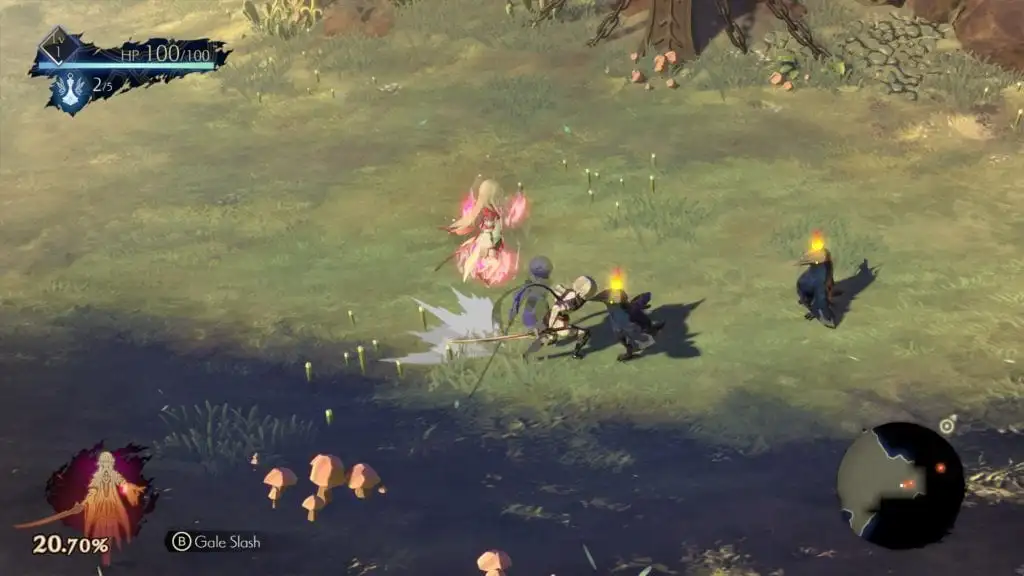

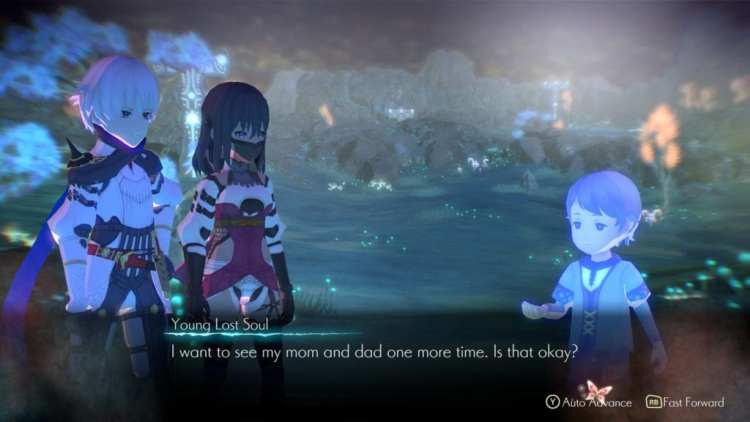
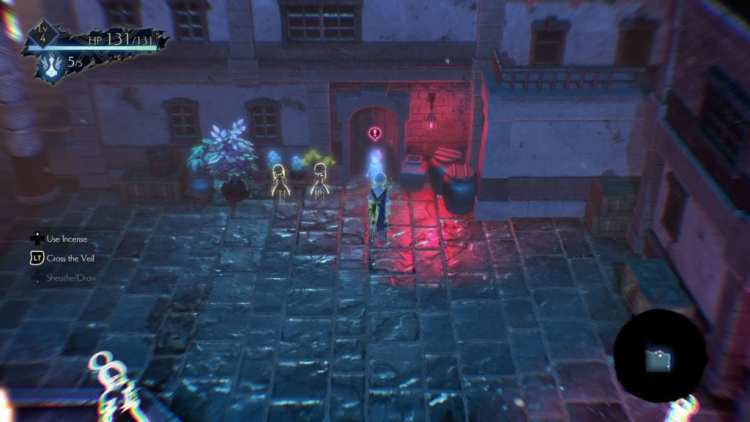
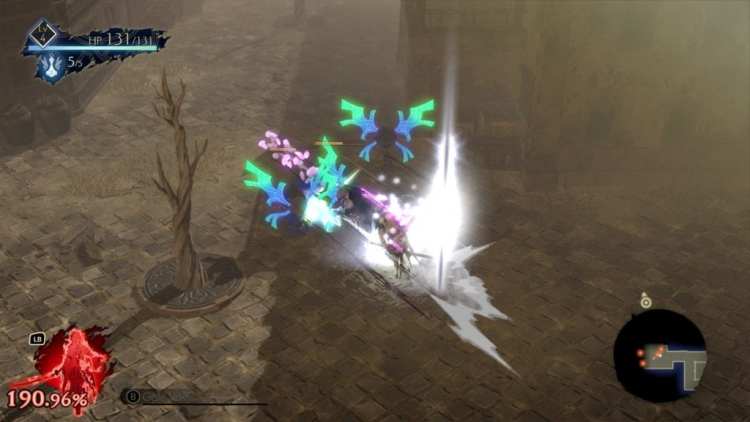
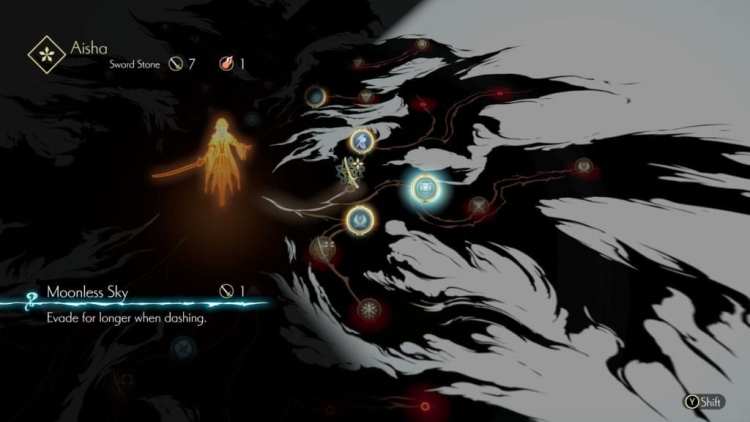
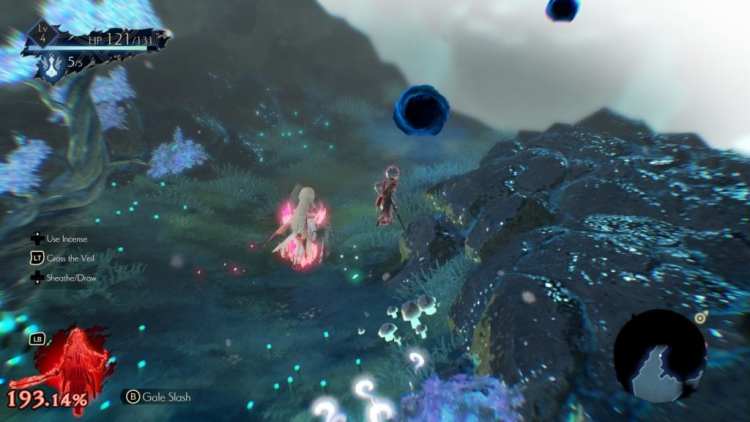







Published: Aug 21, 2019 10:00 am